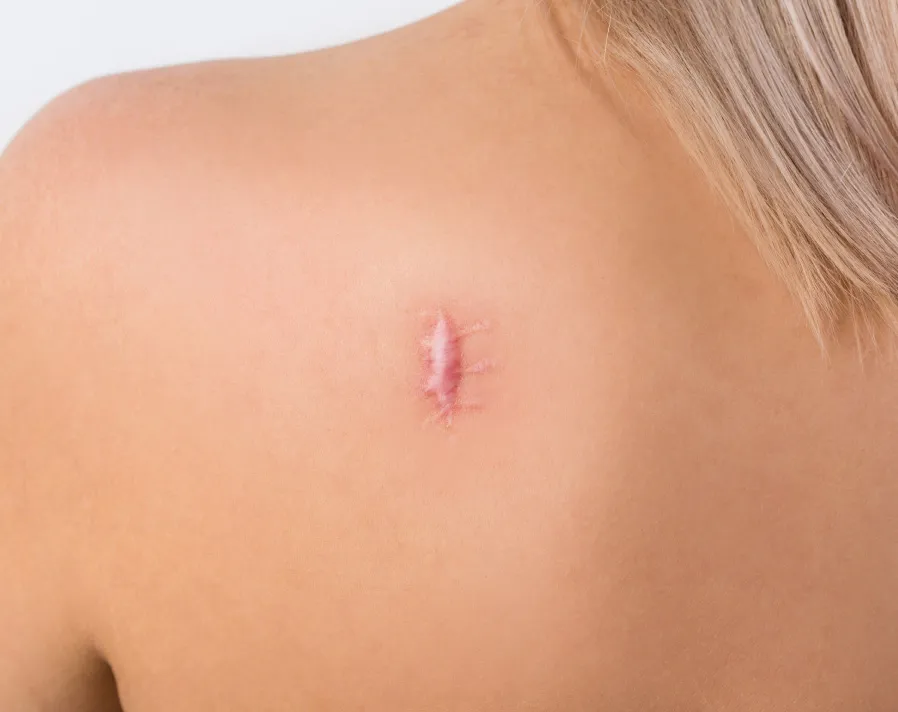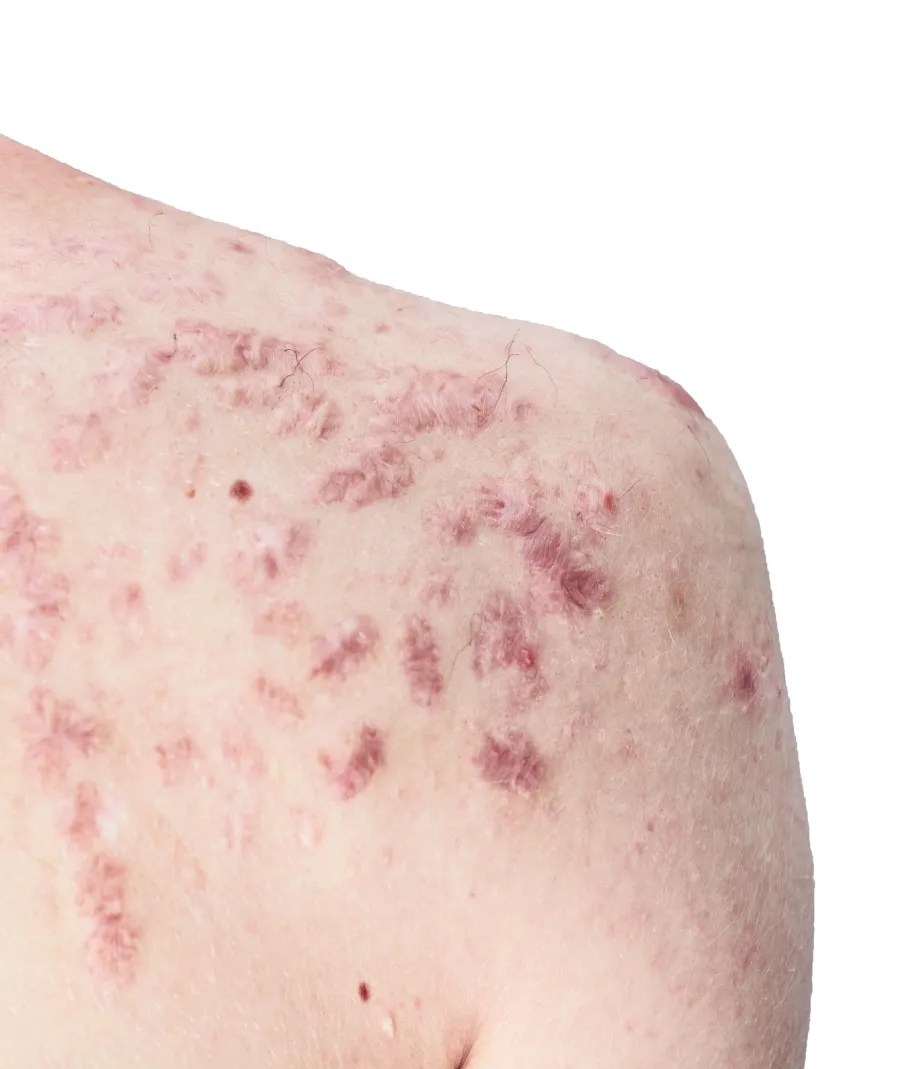
Keloid Treatment & Care
4.99
3k+


4.99
3k+


Keloids are not well-understood, but there are some common factors among people that are most prone to developing them. Patients most commonly experience keloids between the ages of ten and thirty, and it's rare that patients outside of this range develop them. Those prone to keloids most often have a family history of it, most commonly found within the immediate family.
The direct causes of keloids are unknown. They often occur after surgery, injury, or body modification like getting a tattoo or piercing. Unfortunately, some patients can be prone to spontaneously developing them without any manipulation of the skin.

There are different types of treatment for keloids, so it's important to know what you hope to achieve with it. Some patients are not bothered by their appearance and simply want relief from pain or itchiness. Other patients want complete removal.
Treatment methods include:
A series of injections that gradually shrink the scar.
Surgical excision of the keloid tissues.
A long-term pressure treatment that reduces blood flow to the area.
A series of treatments that reduce pigmentation and texture.
For most patients, effective treatment means a combination of a few of the above methods. Many patients who experience keloids also experience regrowth after certain methods, so preventative measures are an important part of keloid treatment.

4.99
3k+

 Even the pros trust us!
•
Official Dermatologist of the Detroit Red Wings.
Even the pros trust us!
•
Official Dermatologist of the Detroit Red Wings.
 Even the pros trust us!
•
Official Dermatologist of the Detroit Red Wings.
Even the pros trust us!
•
Official Dermatologist of the Detroit Red Wings.
 Even the pros trust us!
Even the pros trust us!
Official Dermatologist of the Detroit Red Wings.

Even the pros trust us!